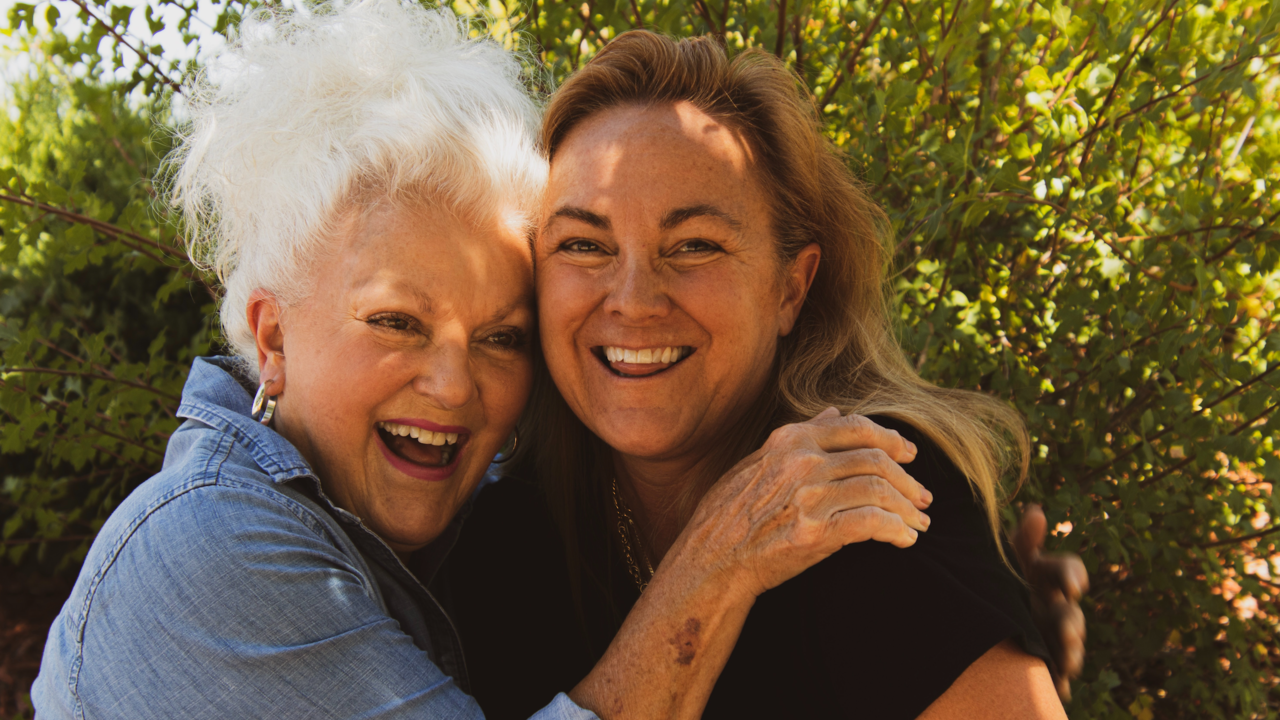Robust Theme
Dec 09, 2019 2020-04-08 7:40Robust Theme
Opportunities with Minimally Invasive Implantology in the Aged Population

Defining elderly is a sticky wicket. Elderly can carry the connotation of feeble and dependent. The old adjective dates back hundreds of years and from an even older noun, elder. It can be traced back to the 10th century where it is defined as a “predecessor or one who lived in former days”. Is it a chronological definition or how we feel? If you live in Rhode Island, the public agency decided that elderly officially starts at 60. In Hawaii, that number is 55. Even the IRS chimes in by starting the Tax Counseling for the Elderly program to begin at 60. The United States government has agreed that above the age of 65 you are elderly. As we continue to live longer the number for elderly may need to move upwards and it is confusing to really define who is an aged individual.
Implant surgeries have a wealth of complications that can occur no matter what the age. Infection, excess bleeding, delayed wound healing, loosening of the implant in the beginning of the osteointegration, and perhaps nerve or tissue damage. There are many concerns with placing implants in patients that have systemic health issues or comorbidities. Comorbidities defined by the CDC as when “more than one disease or condition is present in a person at the same time”. Often it is a chronic condition such as obesity or diabetes. Comorbidities has been in the news a lot in 2020 proving the risk of those persons ability to fight illness and heal. Nearly half of U.S. adults have hypertension, 34.2 million – just over 1 in 10 have diabetes, and approximately 1 in 3 have prediabetes. Over 18 million adults - people over 20 have coronary artery disease (CAD), the leading cause of death, and about 2 in 10 deaths happen from CAD in people less than 65 years old. Patients' systemic health can complicate dental procedures and as our patients age complications will rise however age alone is not a complication for implant surgery.
There are many opportunities in the practice to offer implants as a solution for missing teeth. Baby Boomers have just pushed past the 55-year age and we should consider the new onslaught of “aged individuals”. As American health concerns rise so should diligence in assessing the proper treatment for patients.
Being elderly is a risk factor for delayed wound healing and with traditional implant surgery there is a big concern. In aged skin, epidermal turnover is decreased by about 50%. This is accompanied by reductions in vascularization, granulation tissue, collagen, elastin, mast cells and fibroblasts. Age-related changes impact all phases of healing. In general, the elderly has increased rates of infection and wound dehiscence, decreases in wound strength, and slower healing times. This is primarily caused by reductions in re-epithelialization, angiogenesis, macrophage infiltration, and collagen deposition. Ironically, wounds heal with less scarring in the aged. It is important to note that healing is delayed but not impaired in the elderly, and the end result of healing, albeit slower, is like that of young adults.
However, accessory risk factors for delays or impairments in healing (e.g., disease, medications, malnutrition, immobility, obesity, stress) are more common in the elderly. Each of these risk factors should be tested for, treated, and monitored accordingly prior to surgery to ensure maximal healing. It is not being elderly per se, but being elderly and presenting additional risk factors, that predisposes an individual to impaired healing and poor surgical outcomes.
Common causes of delayed wound healing:
A gum flap dental implant surgery is done with one or two incisions and in some cases a triple incision flap is necessary. Following the procedure post-operative complications such as pain and edema can occur with potentially the above-mentioned wound healing delays. Recovery time can also be unpredictable and this traditional flap surgery for many patients can be risky.
A predictable modernization in implantology offers a solution for not only our aging population but for patients that have systemic health concerns. Offering a conservative dental procedure that reduces potential complications of traditional dental implantation is something to consider. Is there such a thing as conservative dental surgery? Can you place an implant without flap surgery or any incision? Absolutely!
Minimally invasive implantology is real, predictable, and successful. Using a trephine bur there is no need for an incision and no need to screw the implant through the tissue causing damage. The access is a circular tissue plug which is then removed and the opening is the same size as the implant,so the hole is filled with the implant and the tissue seals up to the cuff.
With the growing populations of Boomers, the necessity for dental implants is going to exponentially grow and offering a minimally invasive technique that limits the introduction of bacteria into the site and into the body systems, eliminates tissue trauma, eliminates the need for sutures placed or removal, and reduction in pain and discomfort all while giving an extraordinary, stable solution for missing teeth.


